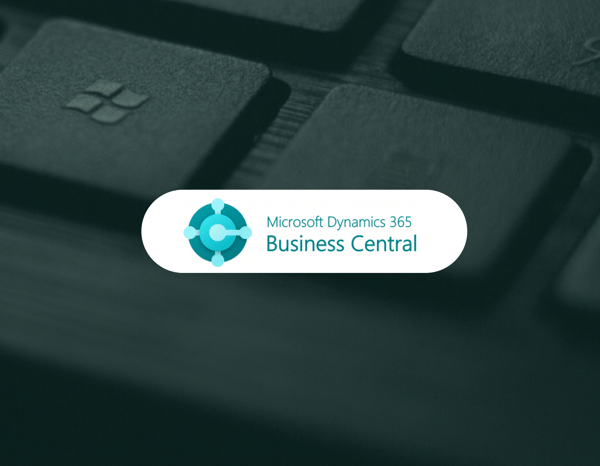
SAP Business One has a lot of satisfied users. That’s because it provides a comprehensive and sophisticated financial system for medium sized businesses along with modules for production, shipping, inventory, HR, and CRM. The one downside seems to be that consulting fees can be expensive – whether you are hiring a practitioner or paying for consulting from SAP itself.
Businesses are leveraging their investment in SAP Business One by adding Procure to Pay automation. Because anything that involves the AP Automation process – such as purchase orders, invoices, goods receipts, supporting contracts or other documents – must be scanned, processed, matched and approved, all if which is inevitably a resource intensive exercise. Just scrambling to match POs and invoices can give someone a small migraine on a bad day…let alone trying to key in the data from thousands of supplier invoices!
The ROI is as high as a 70% drop in approval cycle times and a 40% reduction in processing cost.
The Rillion SAP Business One procure to pay system captures all of the data from the invoices you receive, puts those invoices into a central dashboard for processing, automates the workflow for approvals, does PO and Non-PO matching, handles exceptions, provides for straight through processing, and more.
Step 1: Requisitions & purchasing
You create a requisition that routes automatically based on your business rules which gets you the the highest percentage of straight-through processing when an invoice arrives.
Purchase requisitions are available in a central dashboard where approvers have complete visibility to the expenditure request. Individual lines or entire requisitions can be rejected back to the requisitioner. Bottlenecks are immediately remedied, and decision makers are aware of all spend in real time.
The goods receipt is the most important part of the 3-way match and an invoice will not match to a PO without it. The presence of the goods receipt is key to accuracy in the accrual process. ERPs tend to have receiving processes that are more suited for direct spend, whereas Rillion provides a way to monitor and match goods receipts that are not in the direct spend workflow.
Step 2: Capturing data
Both paper and emailed invoices are scanned into a system that uses AI and automation to capture essential field data. Invoices come in many different formats – PDF, XML, Word documents et al, and what the software does is intuitively study each invoice to know who it is from and which fields to gather data from. Invoices might have multiple pages: 40 – 50 page invoices are easily processed.
That means you eliminate data entry of supplier invoices (if that is what you are doing now), and if you are growing, you won’t have to add to your headcount! The software takes out the manual effort of inputting information. More about digital capture methods and how they work in our Guide to OCR, Invoice Scanning & Data Capture.
Step 3: AP approval workflow
A central, shared dashboard shows the status of all the invoices received. If invoices match preconfigured settings they are sent to the proper person for coding and forwarded to SAP Business One for payment.
If there is an exception, the invoice is flagged and sent to designated approvers. The interface has drag and drop approval workflows, so you can do ad hoc routing and switch things up based on your administration level. Users only work on documents for which they are authorized.
Step 4: Intelligent 2 & 3 way matching and non-PO invoices
Rillion has a “cascading" match engine that matches both at the header level or the line level. One of our favorite demonstrations consists of opening a purchase order with over 1,000 lines, and watching how the system picks out two pieces of data that will match with the invoice and process it instantly. This feature alone saves many tedious hours tracking down details, and communicating with managers or suppliers.
For items that don’t match, as in the case of a non-PO or a mismatch of some kind, a “packet” of information is sent to the team member. Inside the packet is the invoice, purchase order, goods receipt, and messaging between company employees. And again, the manager can reroute the packet accordingly by dragging and dropping the workflow to another approver.
Communications
Internal and external communications by email or the chat function on the transaction allows users to both monitor and process invoices quickly. As well, managers who do not want to have to sign into the platform do their approvals through an automated email – a great hands-off approach that saves time and the frustration of “learning another dashboard”.
Compliance
In many organizations there are binders of policies and procedures that are hard to enforce. Rillion has all permission levels preconfigured to match what those policies dictate. CFOs get the control and compliance they want for every transaction, giving them confidence that policy is being followed.
Audit Trail
A step-by-step history of invoice transactions is recorded, including email and chat conversations. Time stamps and the approval process for each invoice are documented as well.
Find out more about Rillion’s AP Automation for SAP Business One.

